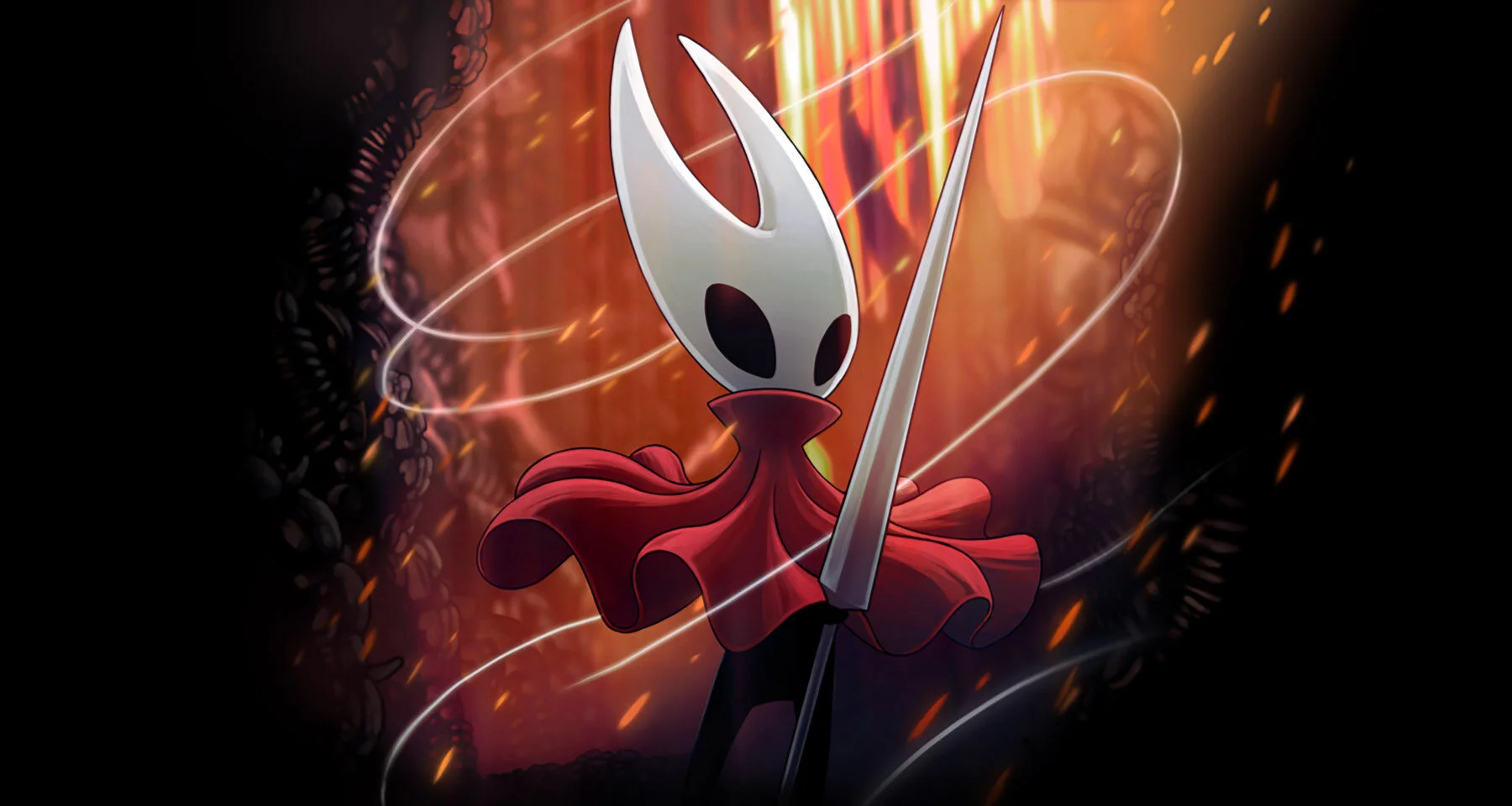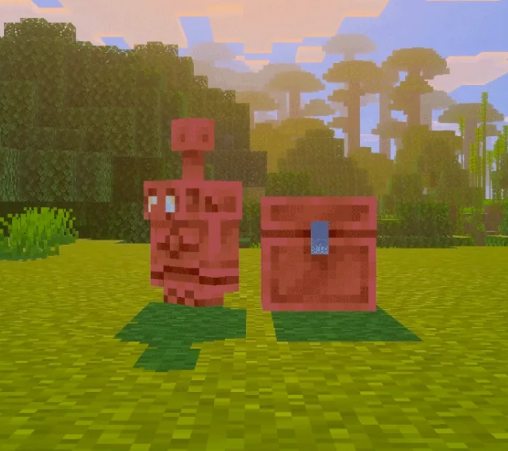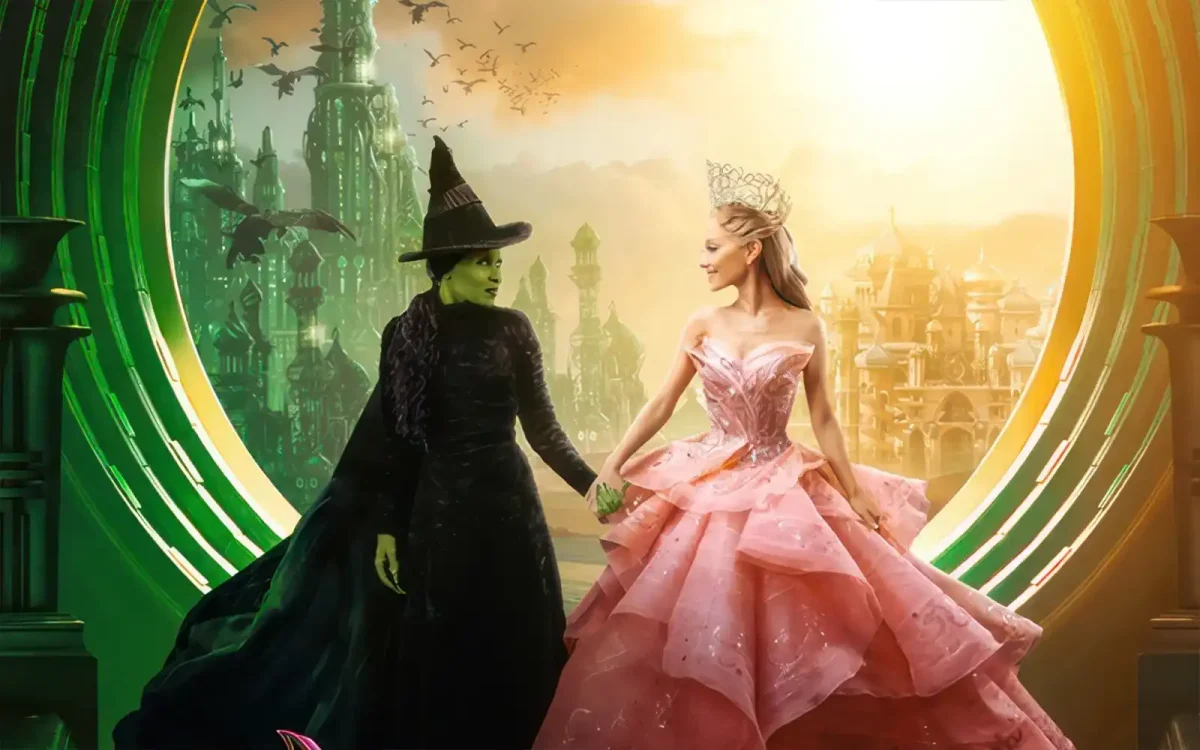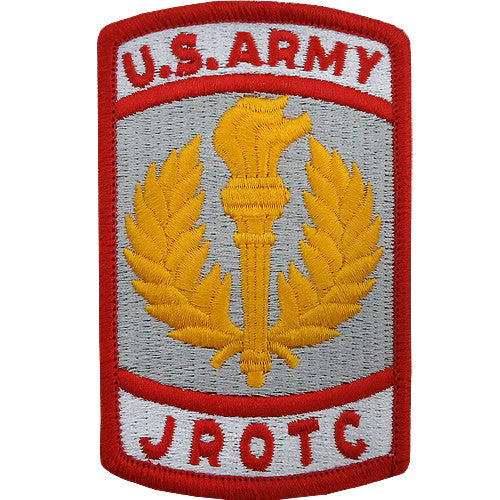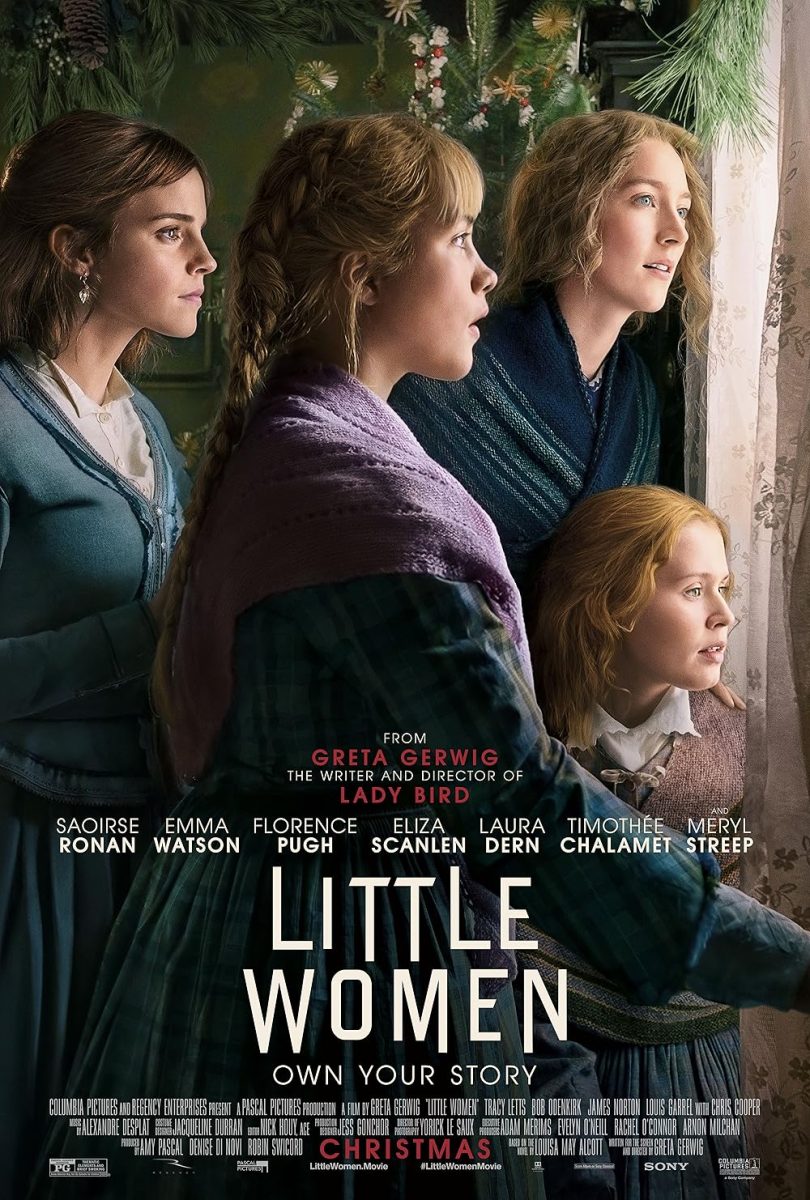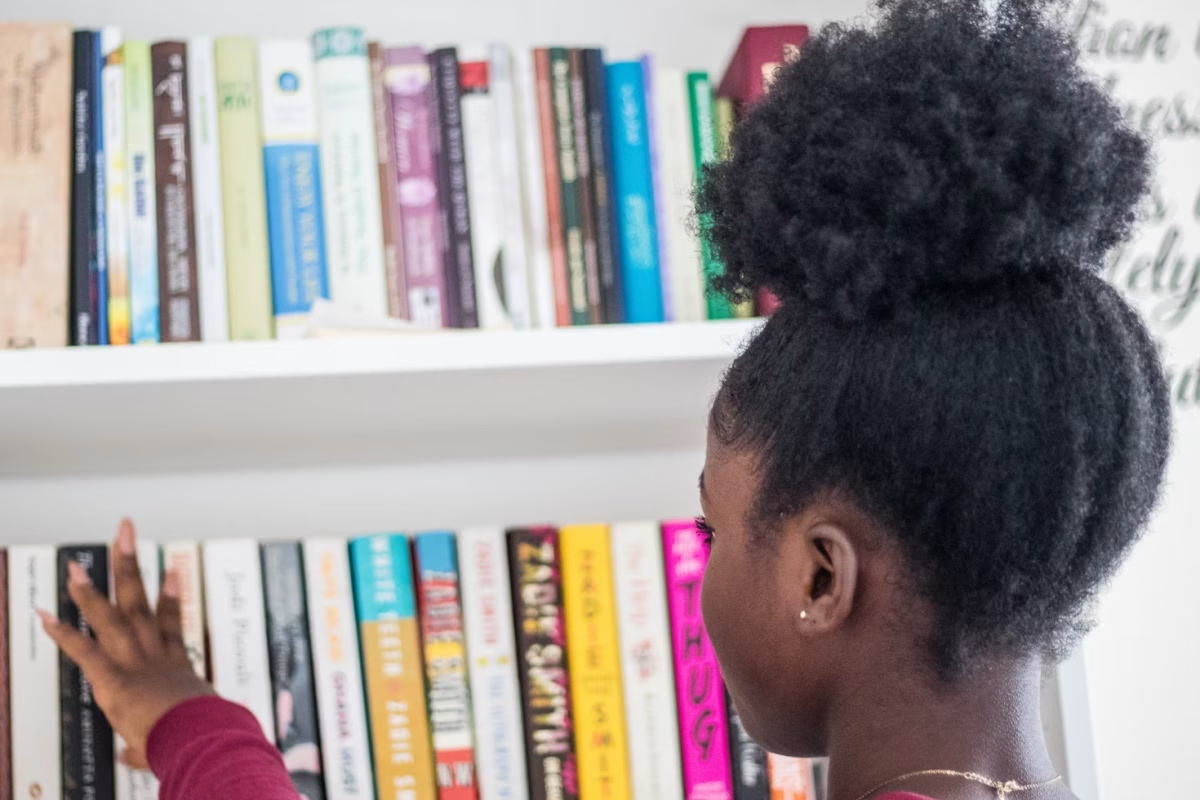Background
The long-awaited sequel to one of the most acclaimed indie games of the century, Silksong, launched with a bang. Releasing on September 4th, it crashed several game stores and servers in the process. Team Cherry may have only just released its game, but in the short time it’s been out, it has achieved immense accomplishments. Having reached five hundred thousand concurrent players on just Steam, the actual total player count is still unknown, but likely much higher when considering console players. Players traverse the map with little to no knowledge, guiding you or pushing you towards goals. Relying on your own exploration to get farther in. There’s a somewhat straightforward line initially that leads you to the ending, however are so many branching paths that one can take that brings them to that main goal. It has many collectibles and abilities that the player can get to further themselves, and some of these abilities are movement-based abilities that let the player go in directions they couldn’t before.
The game has been in development for seven years since Team Cherry, a team of only three people, officially announced it. However, within that time, they’ve stated that they’ve had issues stopping the addition of content and have continued to add more detail and polish to it. Development heaven, as many have referred to it. By setting the price at $20, Silksong significantly sets it apart from many triple-A companies charging upwards of $60. For a $20 game, players have put upwards of 38 hours in order to get to 100% completion.
Gameplay
The game’s been designed with the player having played the original game, Hollow Knight, before they went into this. Its story and game mechanics are designed with the experience of Hollow Knight in mind. The difficulty difference between them is also noticeable, so having that experience of the original game only allows you to progress even further and faster. One of these difficulty differences is the introduction of receiving double damage, which is introduced as early as the first area outside of the tutorial. Even the tutorial could be given as its difficulty is a major difference between the two, and puts you into a different mindset.
Difficulties
Even with all these differences, it’s a beautifully polished game; its style may not be extremely realistic, but it plays into its own successes. The care put into areas is evident in how many small details there are. Often there will be characters in areas that serve no purpose other than to expand on the area. It’s telling how much they care, only making it higher in my eyes and making it a much more immersive experience for anyone to try. It’s already setting itself apart from other games and is establishing itself as a soon-to-be classic and potential game of the year as it simmers. The original game stood in that position, but it was still rivaled by many others. Silksong with, its polished storywriting make it interesting, while it may be a difficult concept at first, it warms the heart early in the game. The beautifully designed areas and landscapes show the developer’s effort and love put into the game. The first area, Mosshome, is amazing as a starting point and starts establishing muscle memory that will help you improve. It does end with a boss, which is leading you to success by forcing you into that position. It leads you into a difficult fight to show you what you’re working towards, and to start that process.
One issue I have with this progression is how high the skill level is. You have to learn and make yourself better as you push towards faraway goals. Some of the bosses are also absurd in their design; one community agreed upon boss, the Savage Beastfly. It drops enemies on you during the fight that scale with how much damage you’ve done to the main boss. Its general attack pattern is really that of a regular enemy, flying at you on occasion. But the main boss’s attack pattern isn’t the biggest issue with the boss. It punishes greed in taking too many hits on the boss.. These features may be rough, but there are still many ups that make the gameplay more than entertaining.
Customization
In contrast to the previous point, the amount of customization that is allowed with the player is impressive. All of it lets you foster your own playstyle and make the game your own to control and change. You’re able to change the way you attack, going for heavier slashes, arches that go upwards, faster attacks, etc. In addition to this, there are tools that one can also use as an attack, for example, one of these is called the “Straight Pin,” which allows you to throw a pin at enemies, dealing damage in the process. Another customization option is the various types of charms, one of which allows you to deal double the damage but also taking double the damage. Some are similar to that, affecting the combat abilities of the player, but some are also movement-based or simply quality-of-life features. One being a compass, which actually allows you to see yourself on a map as you move on it.
Final Thoughts
In summary, Silksong is challenging but rewarding. The game is beautiful, but it’s not for everyone. If I were to suggest it or recommend it to someone, it would be under the pretense of them having played Hollow Knight before pursuing Silksong. They are different games, but they have too similar mechanics to discount the original from the new. If you trust yourself and know that you can dedicate yourself to becoming better and learning the movement and combat, go right ahead. I’d try to push you towards that goal. But as stated, it’s a difficult game not designed for new players in mind. The combination of it’s gameplay, art style, and story all lead to me this rating. A perfect 10/10.

